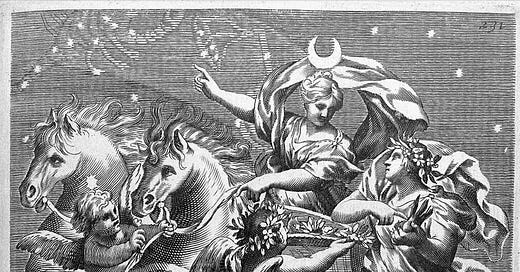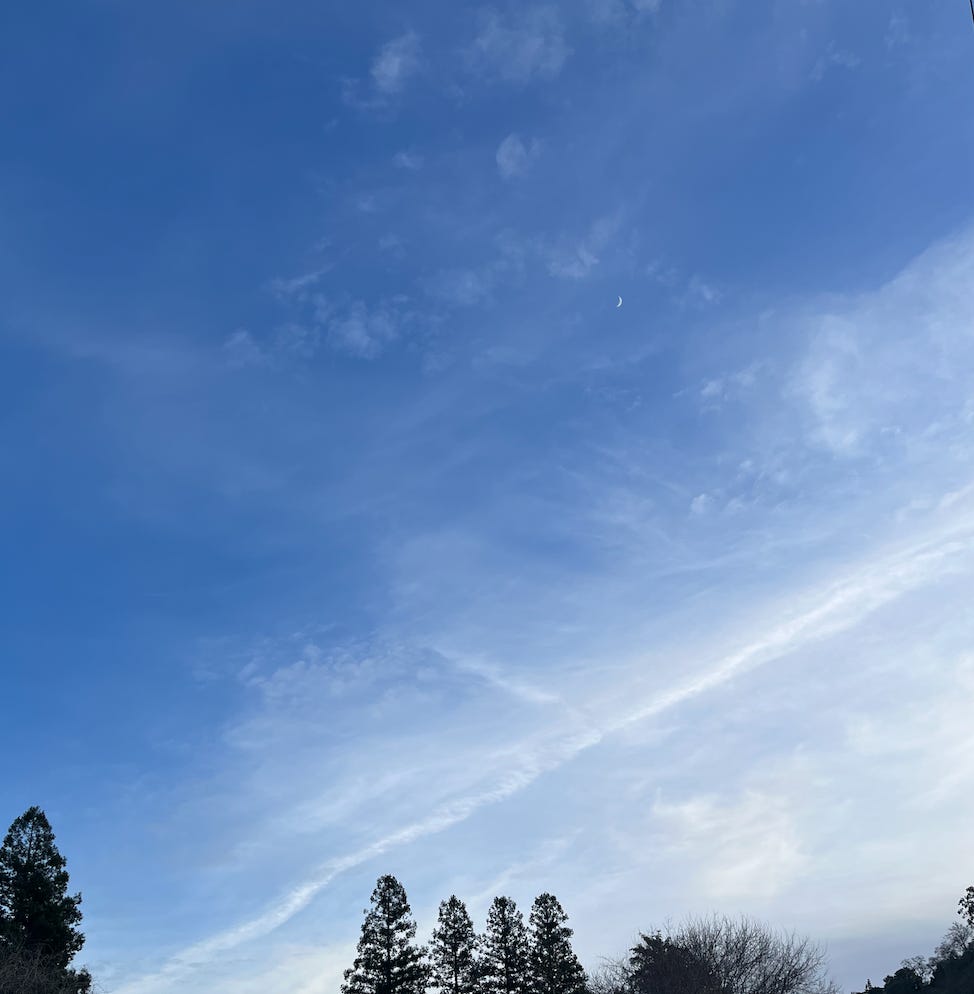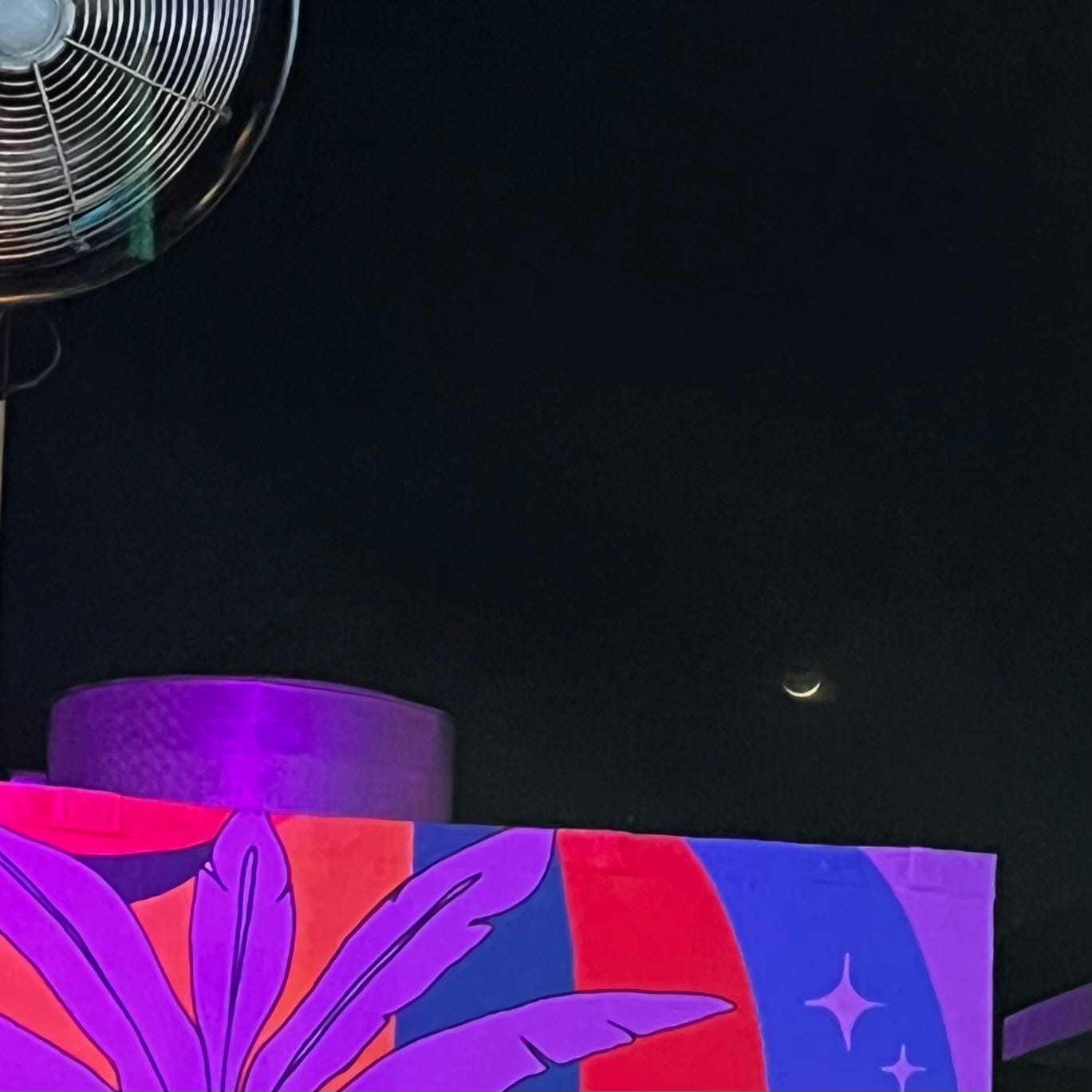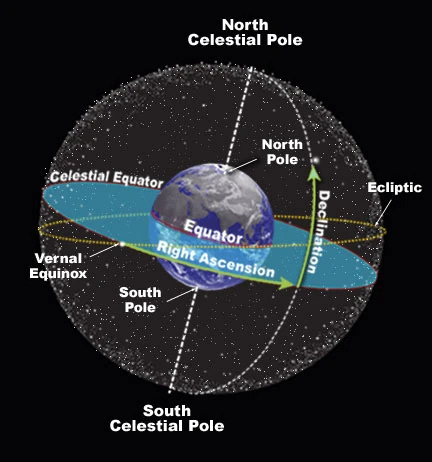Hello moon, blessings on this SUNday.
It finally cleared up a bit in the evening to watch the waxing crescent moon setting this week. Have you noticed she is becoming more prominent in the evening sky after sunset?
The crescent helps us orient our bodies to the living, shifting sky.
To “where” the horns or know their whereabouts is to locate the tips of the crescent and to wear the crown of the moon.
This entry is about developing our subtle perception of the direction of the crescent moons so that we can connect with her wisdom every cycle. If you want to listen to a private podcast audio about this topic - your’ve invited to become a paid subscriber :))
Tracking the Horns
The horns of the moon are always pointed away from the sun… but the exact angle changes over the year and depends on where you are on the globe. By observing the angle of the waxing crescent moon you “should’ be able to tell what season it is by the angle that the horns are pointing.
I’m excited to share some of the resources I’ve found for noticing the angle of the tilting crescent.
In a sea of blue, she floats, suspended by an invisible force.
Seasonal Tilts
Seasons of the year as well as latitude and hemisphere determine the angle that the crescent moon’s horns make with the horizon.
Around the Spring equinox, the ecliptic (the path of the sun) is oriented almost perpendicular to the western horizon so the waxing crescent appears like a smile or a boat in the evening sky.
Some like to call this moon the Cheshire like the disappearing cat in Alice in Wonderland. But to me that is more of the waning crescent that disappears into the suns rays before dawn.
With more intimacy comes personalized names for these distinct crescent moons.

Waxing Moon
Imagine the crescent shape of the moon as an archer’s bow with an invisible arrow aimed directly at the sun. After sunset, the waxing crescent Moon’s horns point directly away from the sun which is below the horizon. This might help give a picture of the declination - or the position of the sun and moon in relationship with the celestial equator and the ecliptic.1
Declination refers to the degrees that planet (or luminary) is above or below the celestial equator. In regards to the sun, this declination changes over the year - it’s what gives us the experience of summer and winter.
Tracking the moon may help you develop moon antennae … and acute awareness of the moon’s whereabouts. If you wear the crescent on your head, may it always point to the heavens.



Wet and Dry Moons
1. What is referred to as a “wet moon” occurs when the waxing crescent Moon is low above the horizon and at a point more or less directly above the Sun’s position below the horizon (same declination).2
2. Wet moons have the horns pointing up!
3. This is determined by the positions of the Moon and Earth in their respective orbits, the inclinations of these orbits relative to one another and to Earth’s celestial equator and the observer’s latitude on Earth.
3. Wet moons occur routinely in the tropics close to the Equator where the Sun and Moon rise and set nearly vertically.
This summer I went to Panamá and got to witness this angle for myself.
The moon lying on her back, like a bowl, a boat, a smile.
A wet moon.
Meteorological and Mythological Origins
HAWAIIAN CULTURE and MOON CALENDARS3
1. This U-shaped moon is referred to as a wet moon in Hawaiian mythology because it looks like a bowl that would fill up with rainwater.
2. The period when this is most common in late January and February, corresponds with Kaelo the Water Bearer in Hawaiian astrology and makes the Moon known as the “dripping wet moon.” As summer comes, the crescent angle shifts, pouring out the water and causing the summer rains.
3. After the bowl empties, it dries out and rights itself, creating the “dry moon.” However, others say that this is a wet moon because it permitted the water to pour out.
The Moon’s Horns
From “The Wet and Dry Moon” by Bartlett, Arthur K. in Popular Astronomy, January 1909
Seasonal Observation
WHEN DO YOU GET A CHANCE TO SEE THE SMILING MOON? (Farmer’s Almanac)
1. In the evenings during the spring (March, April, May), and in the mornings during the fall (September, October, November), for mid-northern latitudes, the crescent Moon is oriented in such a manner so as to resemble a smile or boat with the horns, or cusps, of the crescent pointing straight up.
2. In contrast, in the evenings during the fall and in the mornings during the spring, the crescent Moon is turned roughly 90-degrees sideways.
Ongoing Connection
What a beautiful way to expand your nature practice of lunar tracking and be in conversation with the movement over the whole cycle.
A phenomenal phenomenon that brings us into present moment awareness.
Hopefully this sparks curiosity to continue observing the patterns in the sky where you live. Report back , I’d love to hear what you discover.
Warmly,
April
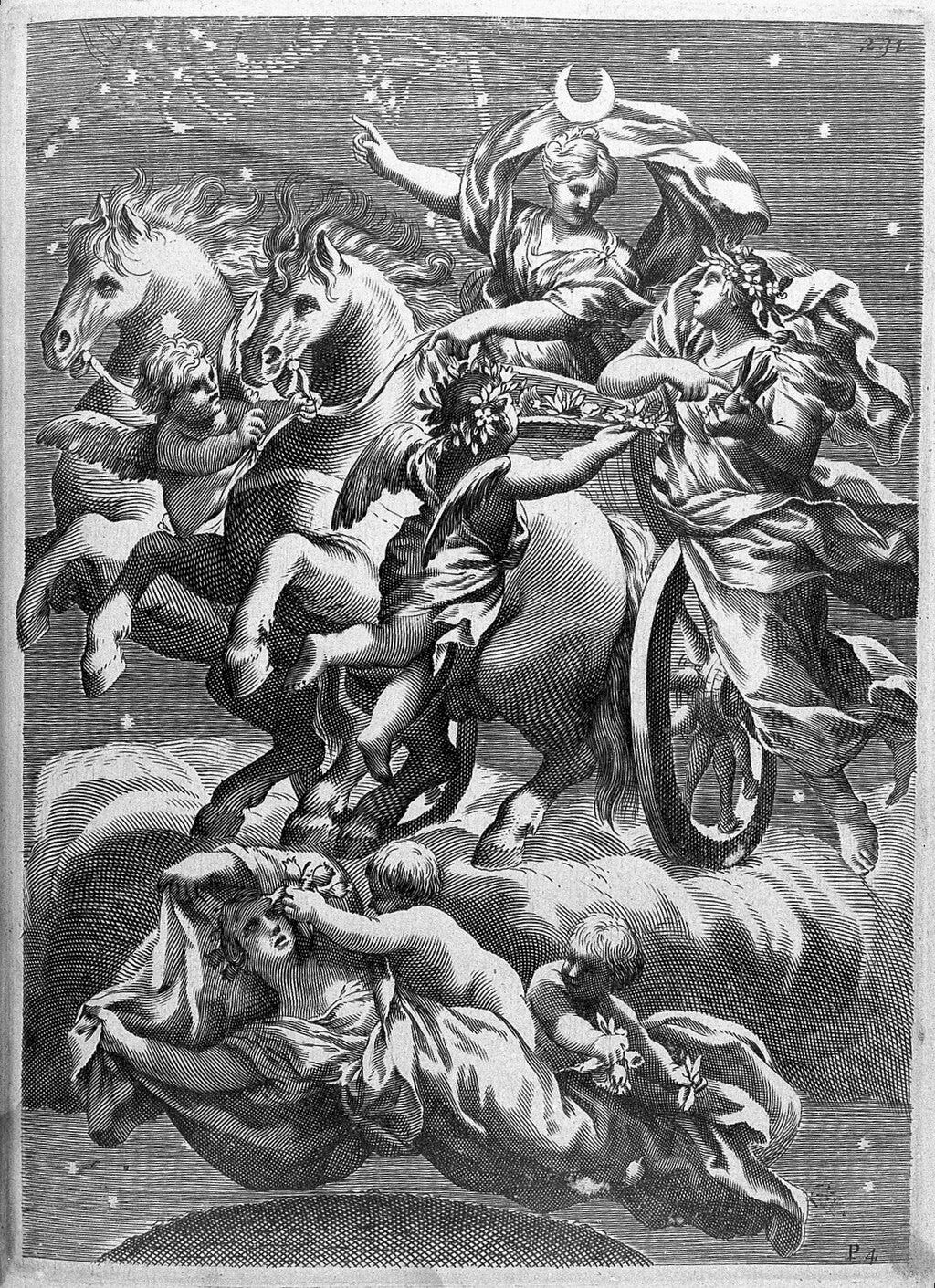
Article on Wet Moons Entry https://en.wikipedia.org/wiki/Wet_moon#cite_note-4
An amazing resource for lunar connections in Hawaii. https://www.hawaii.edu/climate-data-portal/hawaiian-lunar-calendar/ The mention of wet and dry moons comes from


